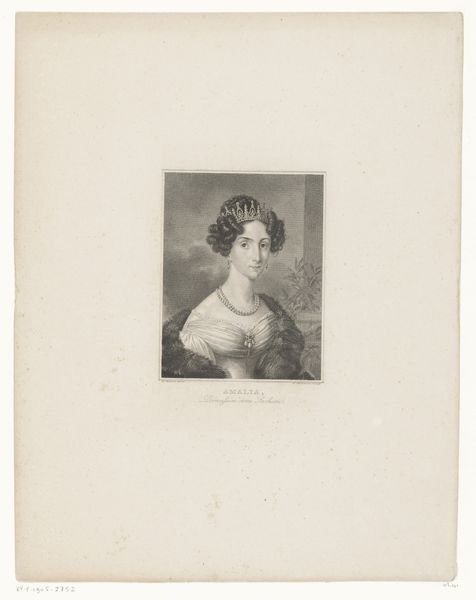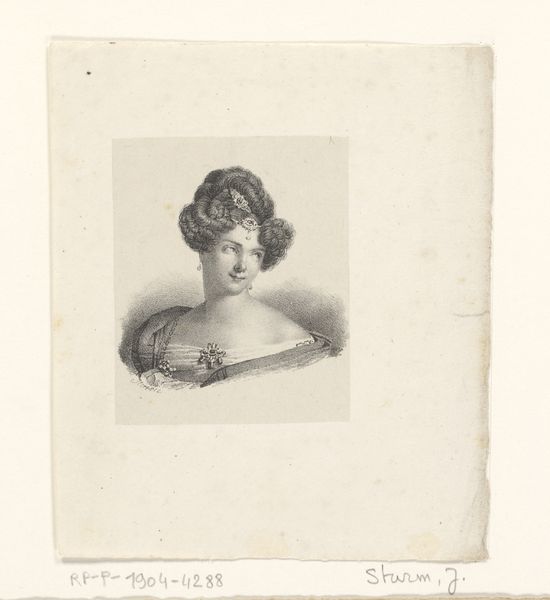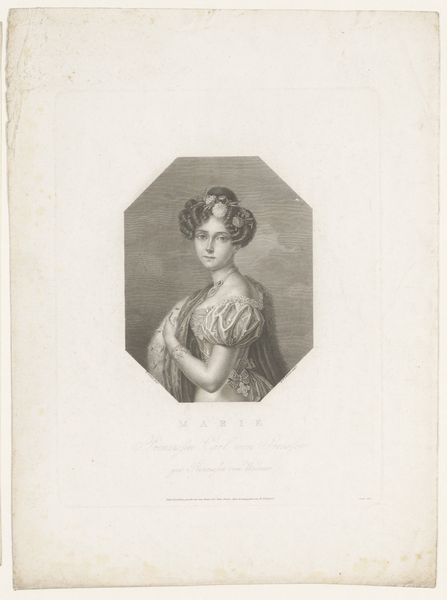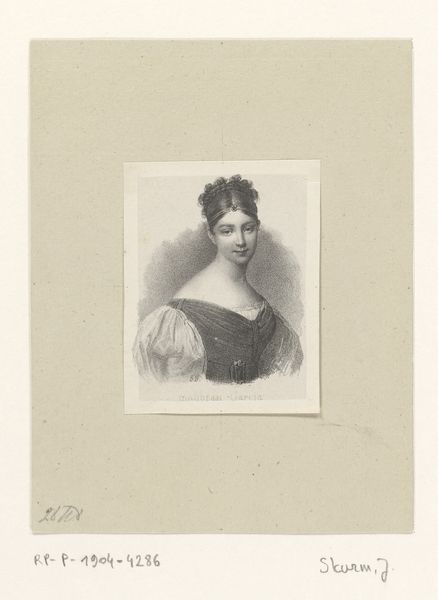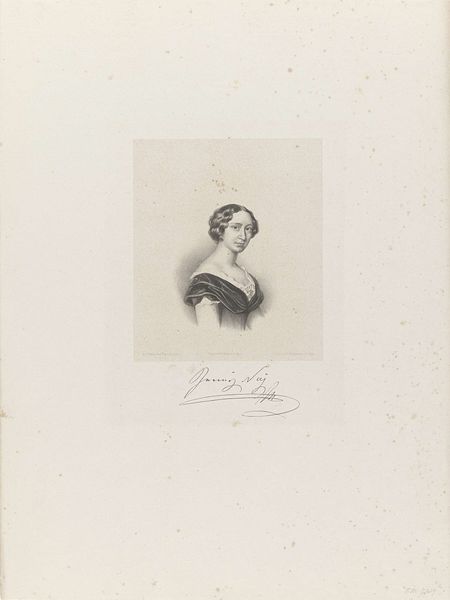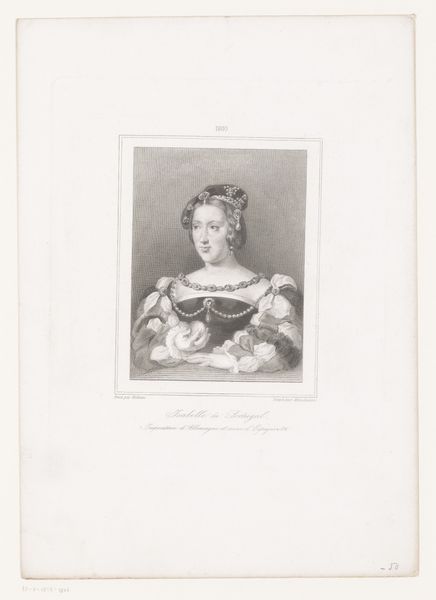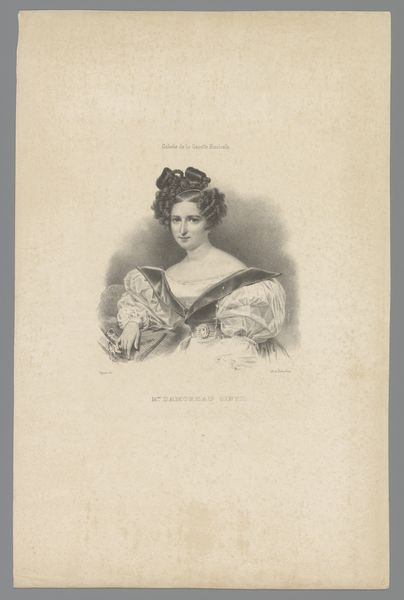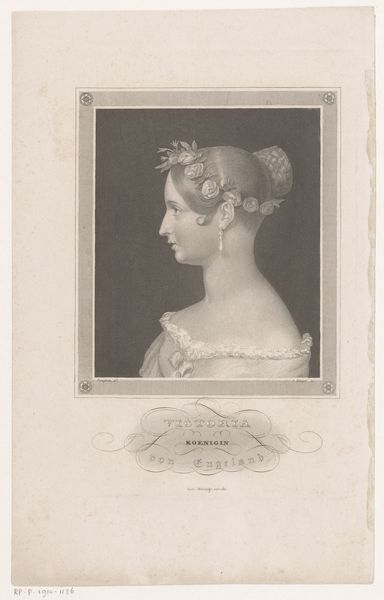
drawing, paper, graphite
#
portrait
#
drawing
#
neoclacissism
#
paper
#
graphite
Dimensions: height 148 mm, width 117 mm
Copyright: Rijks Museum: Open Domain
Editor: This is Jean-Baptiste Madou’s "Portret van Verneuil," dating from 1806-1877, a graphite drawing on paper held at the Rijksmuseum. It feels very proper and composed. What do you see in this piece? Curator: Beyond its aesthetic qualities, it’s vital to contextualize this portrait within its socio-historical moment. The subject's hairstyle and dress exemplify Neoclassical ideals, echoing the French Revolution's emphasis on republican virtue and a return to classical forms. It's also impossible to ignore the power dynamics at play; can we truly appreciate a portrait like this without acknowledging the privilege and status afforded to women of this era, reflected in the sitter’s carefully constructed image? Editor: That’s a good point; I was mainly reacting to its simplicity and elegance. You’re saying there's a whole power structure embedded in this image? Curator: Precisely. Her composure and stylized presentation embody a very specific and regulated performance of femininity that upheld societal hierarchies. Also, consider Madou's position as the artist, and his role in either reinforcing or perhaps subtly subverting those ideals. Is he complicit in perpetuating existing norms, or offering a veiled critique? How can we see his positionality reflected within the artwork? Editor: I hadn't thought about it that way. So, it's not just a portrait of a woman but a statement about women's roles at that time? Curator: Exactly. It is a visual artifact of a society grappling with evolving notions of gender, class, and identity. What this drawing emphasizes for me is the importance of thinking intersectionally when interpreting art. Editor: I’ll definitely look at portraits differently now, considering the broader social context. Thank you! Curator: My pleasure! Remember to always question, contextualize, and consider multiple perspectives when engaging with any artwork.
Comments
No comments
Be the first to comment and join the conversation on the ultimate creative platform.

